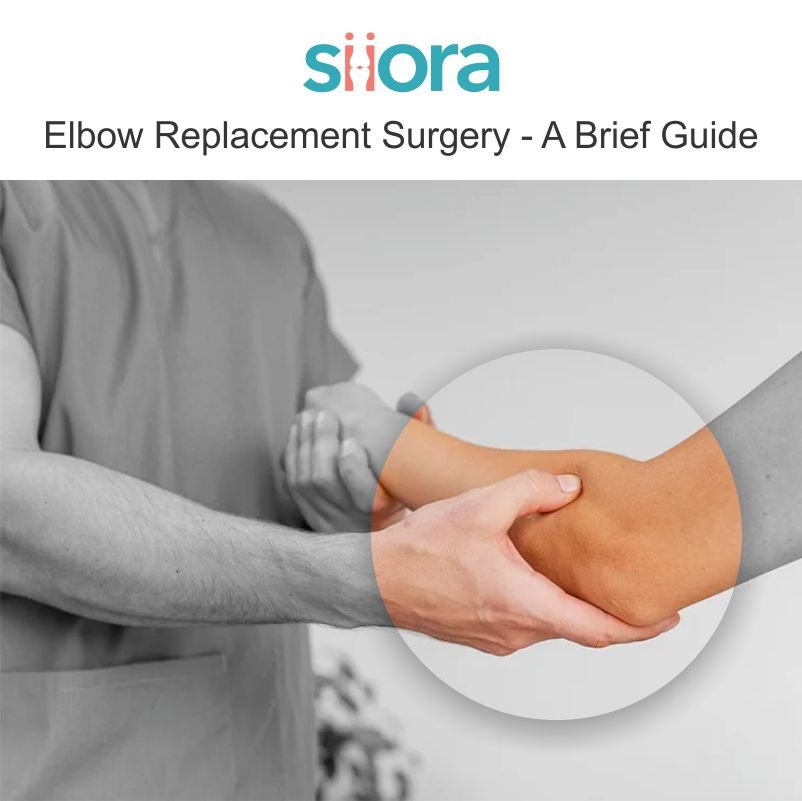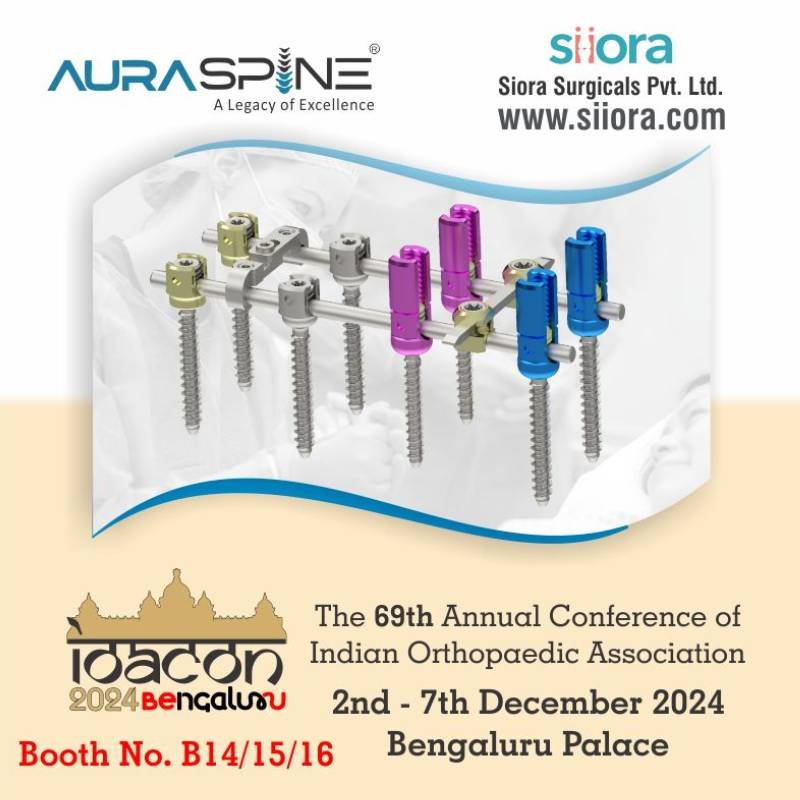The elbow joint is a hinge connecting your upper arm and forearm. It plays a crucial role in everyday activities like reaching, lifting, and bending. However, injuries to the joint cannot be avoided with such an active lifestyle. When this joint is damaged by disease or injury, it can cause significant pain and limit your ability to perform these essential movements. In severe cases, elbow replacement surgery is recommended to restore function and alleviate pain for many individuals. In this blog, we will have a detailed look at elbow replacement surgery along with the conditions for which it is required.
What is Elbow Joint?
The elbow is a complex joint that is formed by three bones. It connects your upper arm to your forearm. The bones that form the elbow joint are the humerus, the ulna, and the radius. However, these bones are connected by ligaments, tendons, and cartilage, which provide stability and allow for smooth movement. The cartilage is present at each joint including the elbow joint and it ensures frictionless movement of the joint.
What Could Lead to Elbow Replacement?
Several conditions can damage the elbow joint, leading to chronic pain and stiffness, ultimately requiring replacement surgery. Some of the conditions which may cause the need for elbow replacement include:
Rheumatoid Arthritis
This autoimmune disease causes inflammation in the joints, including the elbow. Over time, the inflammation can cause wear and tear in cartilage and damage the bones, leading to significant pain and limited movement.
Osteoarthritis
This “wear-and-tear” arthritis causes the breakdown of cartilage. As a result, bones forming the joint start to rub against each other while causing pain and stiffness.
Post-traumatic Arthritis
Following a severe elbow fracture or dislocation, damage to the joint surfaces can lead to the development of arthritis and subsequent pain and stiffness.
Fractures
Complex elbow fractures, especially those involving the joint surfaces may also raise the need for replacement surgery. Sometimes, elbow fractures may not heal properly and this leads to long-term pain and dysfunction.
What Are the Signs Indicating the Need for Elbow Replacement Surgery?
Persistent pain and stiffness in the elbow joint are the most common indicators of potential problems. Here are some specific signs that could indicate elbow replacement surgery is required:
- Constant pain that interferes with daily activities like dressing, eating, or personal hygiene
- Difficulty bending or straightening the arm
- Weakness and instability in the elbow
- Pain that worsens at night and disrupts sleep
- Grinding sensation in the elbow joint with movement
- Elbow deformity or swelling
What is Diagnosis for Elbow Replacement Surgery?
An experienced orthopedic specialist will assess the symptoms thoroughly and perform a physical examination. The physical examination includes checking your range of motion, pain level, and joint stability. After that, the orthopedist will suggest diagnostic imaging tests including X-ray and MRI. X-rays will provide detailed images of the bones, while MRI scans might be used to evaluate the condition of the soft tissues like ligaments and tendons.
What Treatment Options Are Available Other than Elbow Surgery?
Elbow replacement surgery is considered a last resort after conservative treatment options have proven ineffective. These options may include:
Medication
Medicines like pain relievers, anti-inflammatory drugs, and cortisone injections can help manage pain and inflammation.
Physical Therapy
Strengthening and stretching exercises can improve flexibility and range of motion. However, do consult a physical therapist about the exercises you should perform.
Bracing
Wearing a supportive brace can help stabilize the joint and alleviate pain.
What to Expect During Elbow Replacement Surgery?
Elbow replacement surgery is typically an inpatient procedure. The surgeon will give general anesthesia before surgery. During the surgery, the surgeon makes an incision at the back of the elbow to expose the joint. Damaged bone and cartilage are removed and the ends of the humerus and ulna are prepared to receive orthopedic implants. Depending on the type of procedure, a locking olecranon plate or other orthopedic locking compression plates are used. If we talk about artificial joints, they are made of metal and/or plastic components. They are placed and secured with bone cement. In some cases, the surgeon considers a partial elbow replacement.
What Recovery is Like After Elbow Replacement Surgery?
Following surgery, you’ll likely stay in the hospital for a few days. The doctor may advise physical therapy to regain movement and strength in your elbow. Pain medication can manage post-surgical discomfort. Once discharged, physical therapy will continue on an outpatient basis. The focus will be to strengthen the muscles around the joint and improve your range of motion. Recovery typically takes several months, with gradual improvement in mobility and pain reduction.
What Are the Benefits and Risks of Elbow Replacement Surgery?
Benefits of Elbow Replacement Surgery:
- Reducing pain and stiffness in the elbow joint
- Improves the/ range of motion and flexibility of the elbow
- Enhancing your ability to perform daily activities
- Improving sleep quality
Risks of Elbow Replacement Surgery:
- Infection
- Bleeding
- Nerve damage
- Loosening or wear of the implant
- Stiffness
- Continued pain
What Life is Like After Elbow Replacement?
With proper care and adherence to your physical therapy regimen, most individuals experience a significant improvement in their elbow function after surgery. However, there will be some limitations. You may need to avoid or modify activities that involve high-impact or repetitive stress on the elbow joint. Discussing these limitations with your doctor is crucial.
About Siora Surgicals Pvt. Ltd.
Siora Surgicals Pvt. Ltd. is a growing manufacturer of a CE-certified range of trauma implants and instruments in India. Operating for over 30 years, the company has established a good network of distributors globally. Siora manages an inventory of thousands of orthopedic implants that fall under 20+ different categories. The company also manufactures implants for elbow joint surgery including olecranon locking plate. Siora supplies its implants to over 130 national and international distributors and orthopedic surgeons. Besides this, the company also keeps looking for Orthopedic Distributor in Turkiye and other countries to stretch its international market reach and strengthen its presence globally.







